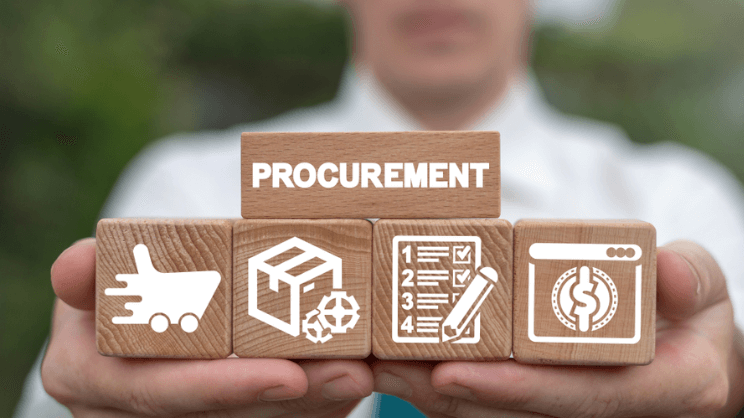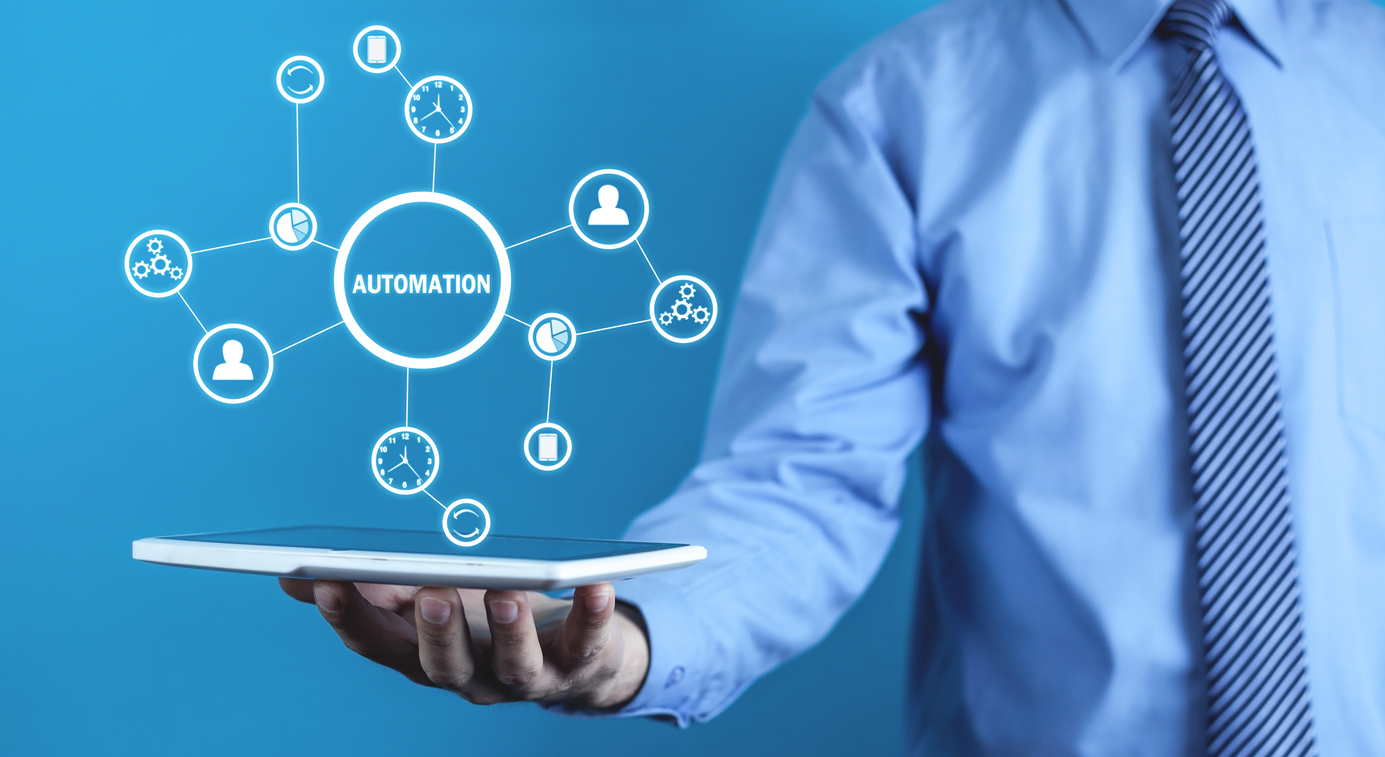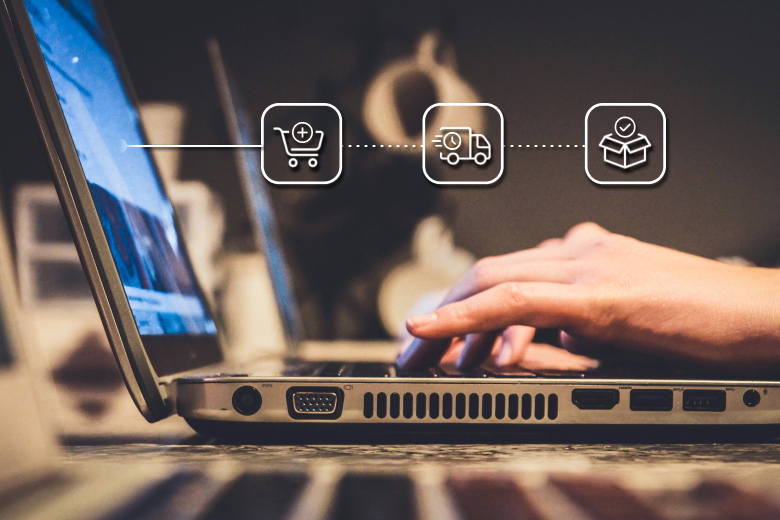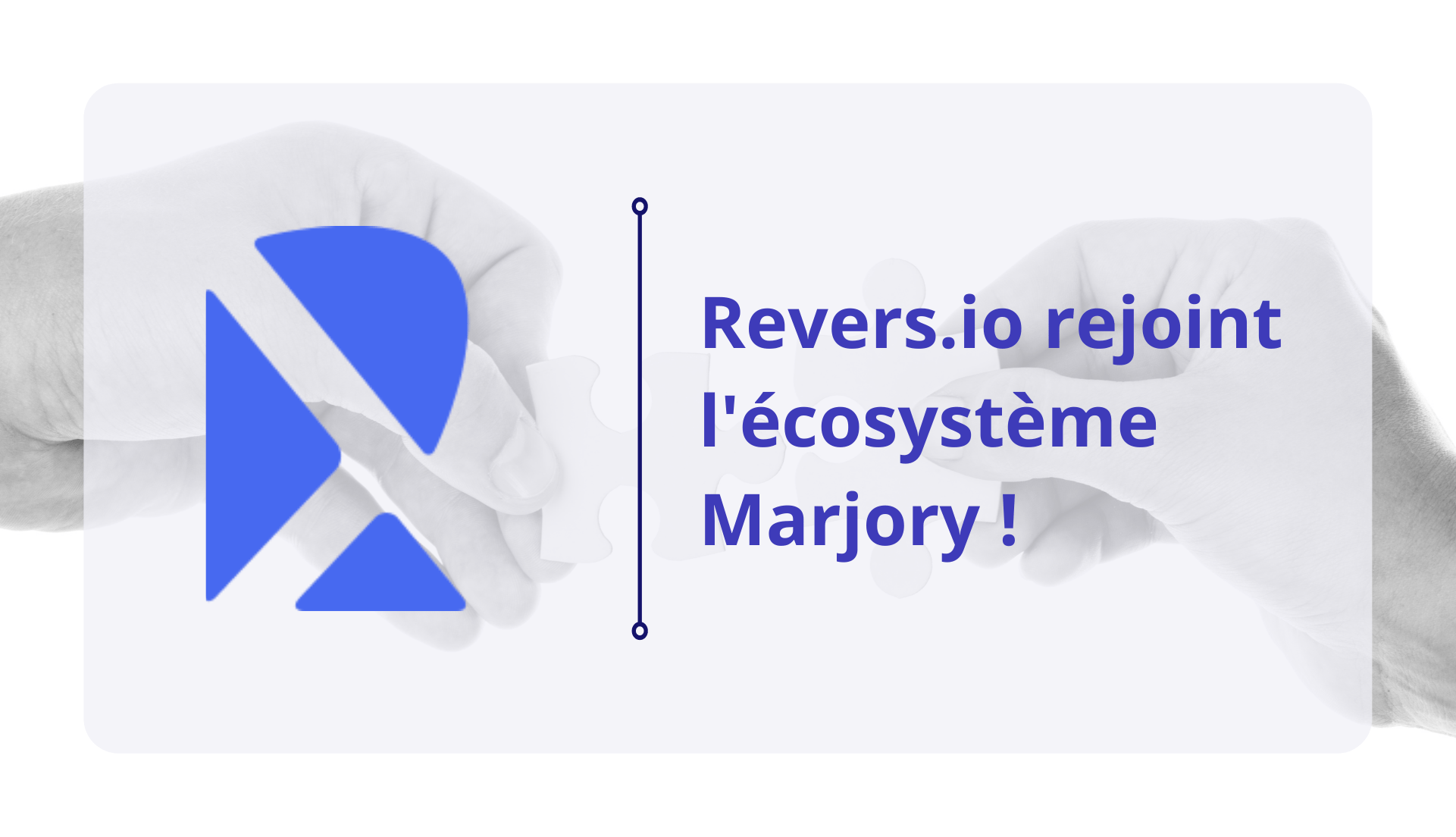Purchasing departments in a variety of industries are gradually digitalizing their functions. Whether they are large companies, SMEs or start-ups, purchasing managers are increasingly looking to optimize processes through solutions that allow end-buyers to source easily and benefit from an exhaustive product catalog at competitive prices. To meet this need, companies are increasingly turning to e-procurement. Therefore, it makes sense to understand how e-procurement is revolutionizing the B2B purchasing processes.

E-procurement: what is it?
E-procurement is the buying and selling of supplies and services between companies over the web. It differs from e-commerce in that transactions usually take place on a closed platform, made available by a supplier to registered users with negotiated pricing and service levels. E-procurement also enables secure procurement standards within groups.
It is part of a larger group of purchasing processes which are increasingly being digitalized, known as procure-to-pay (or P2P), which includes the entire procurement process from purchase request to payment, including product search, the validation process and invoice management.
Thus, the entire transactional part is dematerialized and only value-added activities such as choosing a supplier, negotiation, contract management and spend analysis are managed by purchasers.
The benefits of e-procurement in B2B purchasing
E-procurement optimizes a company’s purchasing function by making transactions more fluid thanks to the digitalization and automation of the process and workflows.
The benefits of automation are:
B2B purchasing platform: the e-procurement business model
E-procurement businesses go one step further than traditional e-procurement by centralizing all the suppliers of a company onto a single platform.
This generally makes it possible to optimize category C purchases (office supplies, small tools, hygiene, etc.), but category B purchases (travel, IT, vehicle fleet, etc.), which are more strategic but nevertheless recurrent, can also be managed. Category A purchases (raw materials) are less common and are generally negotiated on a case-by-case basis.
The user experience of the e-procurement business model makes it easier for users to adopt. The platform consists of 3 interfaces:
- Front office: user interface for transactions,
- Back office for suppliers to manage their catalog,
- Back-office for buyers to manage the marketplace (catalog structuring, activity monitoring, payment management, etc.).
Becoming the operator of your own marketplace has many advantages, including stronger relationships with suppliers. Indeed, by centralizing all purchases on a single platform, you can obtain a global vision of the offer, better traceability of transactions and improvement in the capture rate and associated control with suppliers.
How does the e-procurement business model meet a competitive challenge?
The e-procurement business model simplifies the purchasing process by providing access to a catalog of products and services that have already been negotiated and can be ordered quickly and easily online. This means a more flexible and agile organization to respond to market fluctuations. But the real advantage over a traditional e-procurement solution is that centralization allows operators to compare offers (price, product, stock availability) and select the one that best meets each need.
A More efficient processes
As with all e-procurement solutions, the marketplace offers integrated functionalities and processes, but with the advantage of grouping all suppliers together for greater transparency. This makes it possible to better negotiate contracts, shorten the supply chain and facilitate analytical monitoring.
A lever for the digitalization of your organization
For large groups, organizing purchasing through an internal e-procurement marketplace enables them to initiate and accelerate the digitalization process. With a centralized purchasing function, the head office, branches or subsidiaries can access a centralized offer allowing significant economies of scale. For smaller companies, there are generalist platforms such as Amazon Business as well as those specializing in different sectors which offer interesting functionalities and can be connected to the company’s internal systems.
Want to know more?
Marjory assists companies with data integration and workflow automation. Thanks to our low-code tech and specialized consultants, we can accompany you through all phases of your e-procurement project. Get in touch with us to organize a demo.





